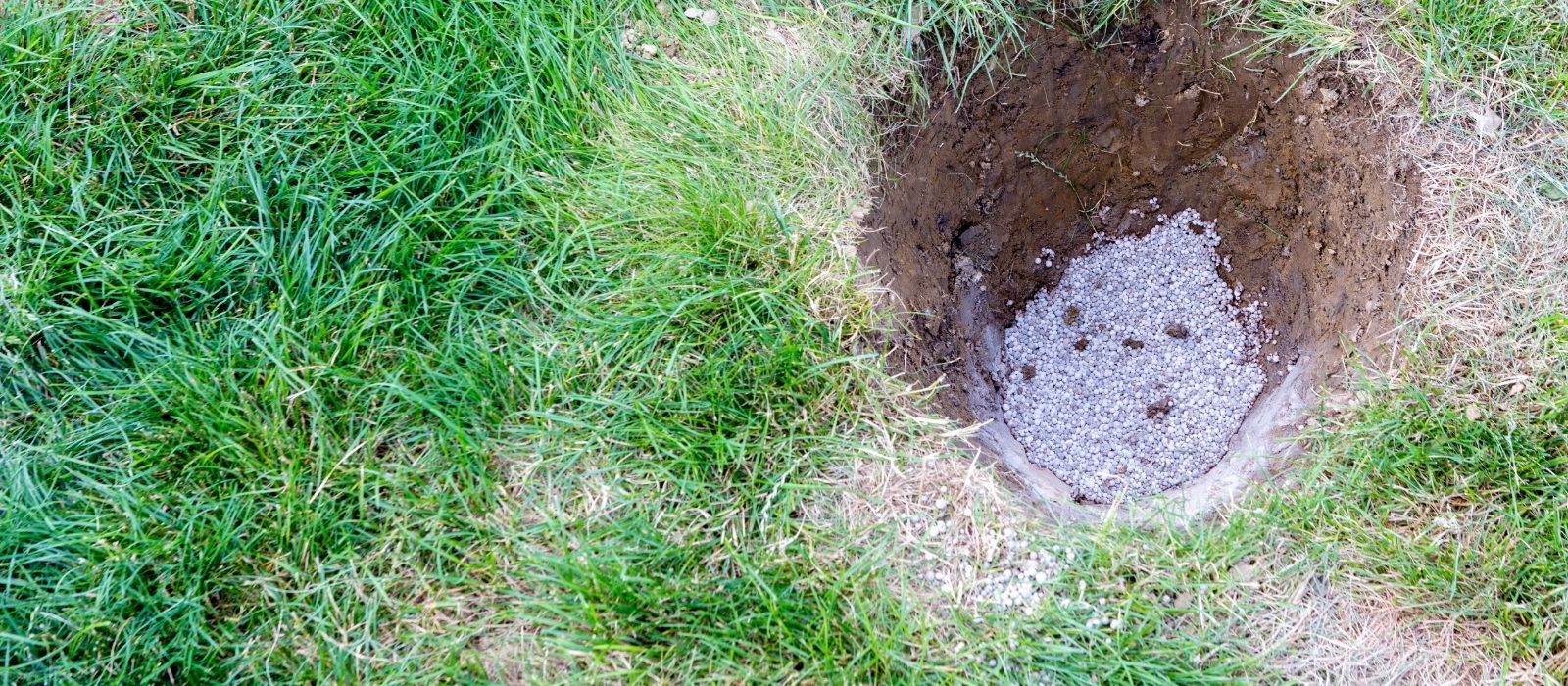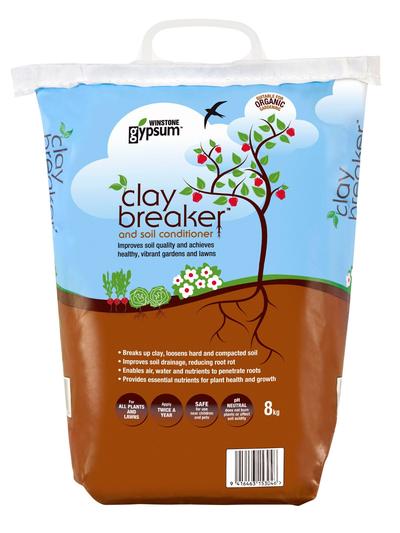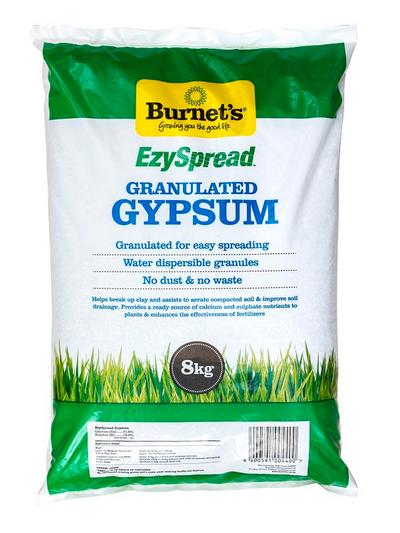
Benefits of Gypsum for Gardens and Pots
Gypsum offers an array of advantages for your garden, including improved soil structure, better drainage, and essential nutrients for stronger plants. Ideal for clay soils, it enhances root penetration and nutrient absorption, ensuring vibrant blooms and bountiful harvests.
Prepare Soil
Gypsum is most effective when used in sunny or partly shaded areas, where soil compaction and poor drainage are common challenges.
Garden: Spread 1 kilogram per square metre of gypsum evenly over clay soil. Incorporate it into the top 10–15 cm of soil along with compost or organic matter for best results. Apply gypsum annually to ensure a steady supply of calcium and sulphur for your plants.
Pots: Mix a handful of gypsum into the potting mix to improve drainage and nutrient availability. Reapply a small amount during the growing season to maintain nutrient levels.
Tips & Tricks
Watering & Mulching: Regular watering helps activate gypsum in the soil. Mulch after application to retain moisture and regulate soil temperature.
Aeration & Drainage: Gypsum enhances soil aeration and drainage, reducing the risk of root and bulb rot. It also prevents calcium deficiencies that can cause blossom end rot in tomatoes and scab in potatoes.
Soil Structure: With improved soil structure and nutrient availability, your plants will reward you with healthier, more abundant harvests.
Where to Use: Gypsum is especially beneficial for fruit trees, vegetables, and lawns or anywhere you want to add calcium into the soil and not alter the pH.
Garden Expert Tip
For best results, apply gypsum to your lawn or garden soil yearly. It’s safe, natural, and even suitable for organic gardening. Unlike lime, gypsum doesn’t alter soil pH, making it a balanced choice for all types of gardens.
Enjoy the rewards of healthier soil, thriving plants, and a greener garden with gypsum clay breaker.




